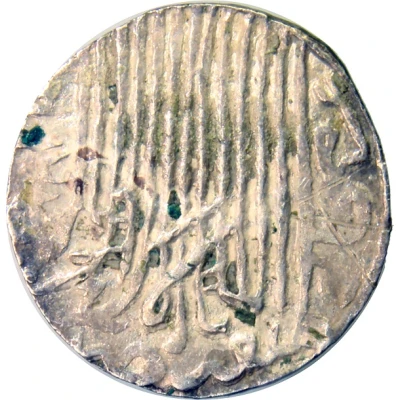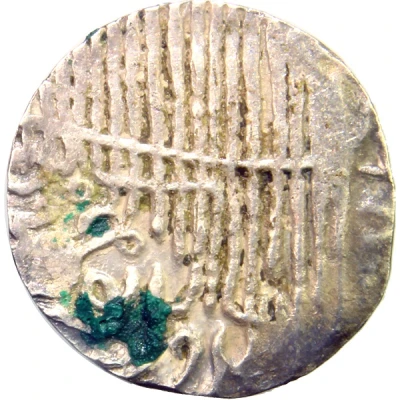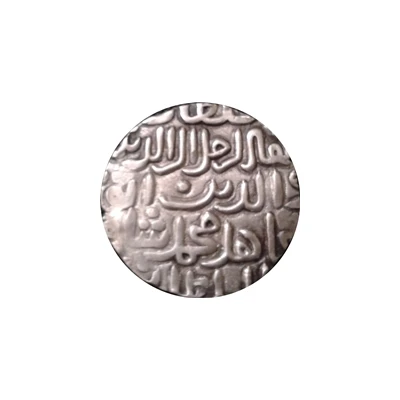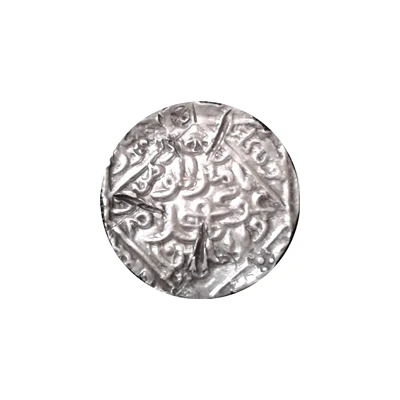1 Tanka - Jalal ud-Din Muhammad Shah ND
| Silver | 10.76 g | 30.6 mm |
| Issuer | Sultanate of Bengal (Indian Sultanates) |
|---|---|
| Type | Standard circulation coin |
| Years | 1415-1433 |
| Value | 1 Tanka |
| Currency | Tanka (1342-1576) |
| Composition | Silver |
| Weight | 10.76 g |
| Diameter | 30.6 mm |
| Thickness | 2.0 mm |
| Shape | Round (irregular) |
| Demonetized | Yes |
| Updated | 2024-10-05 |
| Numista | N#153006 |
|---|---|
| Rarity index | 90% |
Reverse
Nasir al-islam wa'l muslimin khallada mulkahu, within four-petalled flower, marginal legend with mint Firuzabad and AH date
Comment
Jalal al-Din Muhammad was the adopted name of Jadu, son of the Hindu Raja Ganesh. According to Goron and Goenka, Raja Ganesha seized control over Bengal soon after the death of Sultan Bayazid (1412–1414). Facing an imminent threat of invasion at the behest of a powerful Muslim holy man named Nur Qutb Alam, he appealed to the saint to call off his threat. The saint agreed on the condition that Raja Ganesha's son Jadu would convert to Islam and rule in his place. Raja Ganesha agreed and Jadu started ruling Bengal as Jalal al-Din in 1415 AD. Nur Qutb Alam died in 1416 AD and Raja Ganesha proceded to depose his son and accede to the throne himself as Danujamarddana Deva. Jalaluddin was reconverted to Hinduism by the Golden Cow ritual. After the death of his father he once again converted to Islam and started ruling his second phase. He deposed his father and had a brief first reign, and thereafter was deposed by his father, and thus regained the throne after his father's death. His reign was marked with Hindu conversion and temple destruction. Dr. James Wise wrote in the Journal of the Asiatic Society of Bengal (1894) that "the only condition he offered was either the Koran or death. Many Hindus fled to Kamrup and the jungles of Assam, but it is nevertheless possible that more Muslims were added to Islam during these seventeen years (1414–31) than in the next three hundred years."Interesting fact
One interesting fact about this coin is that it was issued during the reign of Jalal ud-Din Muhammad Shah, who was the last ruler of the Bengal Sultanate. Despite his efforts to maintain the sultanate's power and influence, his reign ultimately saw the decline and eventual fall of the Bengal Sultanate to the rising Mughal Empire. This coin serves as a reminder of the rich history and cultural heritage of the Indian subcontinent during the medieval period.



